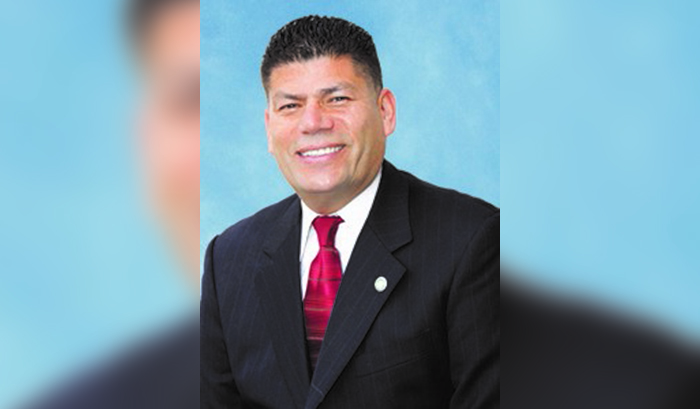Conclusion
Previous, “He Is Often in the Middle, but Not Because He Can’t Make up His Mind”
The rookie season for the three freshman members of the City Council will end with Monday evening’s 7 o’clock meeting when the new veterans and the two old veterans collaborate to choose a new Mayor, Vice Mayor and leaders for the companion Redevelopment Agency.
While Mayor Scott Malsin and Vice Mayor Gary Silbiger prepare to relinquish their year-long hold on the two most coveted positions — prized, even if they supposedly are symbolic — colleague Andy Weissman remains an intriguing figure in the background.
Throughout the week, the only Councilman to have sat on nearly every city commission/committee has been explaining the rationale behind his center-aisle approach to independent and collaborative politics.
One of the major topics to be tackled in the coming year is the exact nature of the relationship between developers and residents who object to their plans.
Settled policy has been pursued ever since the ambitious Bob Champion proposal for rehabilitating South Sepulveda Boulevard suddenly blew up two years ago this spring when well organized residents revolted.
A number of those same activists have been pressing ever since to formalize an earlier and wider voice in building projects than they had in the abortive Champion program.
Incremental steps have been taken. There has been encouraging progress — inroads into formerly off-limits territory — but the residents’ mission remains largely unfulfilled.
Mr. Weissman, sympathetic to residents but with boundaries, addressed what he called “a new informational scheme. Developers who are proposing to construct,” he said, “now will be required to post signs on the lot in question at a very early stage to tell people that something is coming.
“That way, residents will have an opportunity, probably long before plans are even submitted, to find out what that ‘something’ looks like, and they will have an opportunity to become involved.
“”I don’t think that the way for a community to approve developments is to make everything a matter of mediation and negotiation” between City Hall and the builder on one side, residents on the other.”
Face-to-face negotiations in the last few months between the builder of 4043 Irving Pl., and objecting neighbors, with City Hal serving as the referee, seemed to break new ground and empower residents more than ever before. If there is a perceived negative lesson from this case, is it that neighbors and the developers met as full-blooded equals?
“When you have a system that depends upon a majority vote, there is the potential for there to be enough influence brought to bear to sway a result,” Mr. Weissman said.
“Once again it comes back to the role of elected officials, or even the role of appointed officials in the case of Planning Commissioners.
“We are put there to attempt to reconcile, balance, make a determination as to whether the proposed project is in the best interests of the community.
“The perspective of the (voluntary) Planning Commission (where he formerly served) may be different from the City Council’s perspective.
“It always is a process of having to deal with a developer and a community. Sometimes they walk in, hand-in-hand. Other times they don’t.
“There really is not a lot of development now, and there wasn’t even before the economy went off the cliff.
“The reality of Culver City is that, for the most part, it is a built-out city.
“Change always is challenging. So if you have an area zoned R-4 and you only have R-2 buildings, and a developer comes in to maximize what the land allows him to do, you are going to have issues with the community. That probably will happen any time you go from R-2 to R-4.
“That is why it is important for us to have design guidelines.
“The issues confronting Culver City are not development-related. We are not Los Angeles, a city out of control when it comes to development.”
Mr. Weissman suggested that some Culver City residents may not realize how fortunate they are to have an actual role in the building process.
By comparison, he said, in the city of Los Angeles “very little of what is built there goes through any sort of discretionary process. You just go in, get a building permit and you build it. The neighbors in Los Angeles can complain all they want. But that’s the way it is there.
“However, we don’t have that level of construction in Culver City.
“Historically, it is interesting to look at specific projects that have created concern, generated a lot of publicity, that took up a lot of time. They are few and far between.
“Most issues we face in Culver City have to do with mundane things. ‘Where are we going to get the money to fix our street?’ ‘How often will we be able to trim trees?’ ‘Are we going to continue to pick up all forms of trash weekly?’
“Those are what we struggle with on a day-to-day basis.
“The development stuff is sexy, in that you can pit a developer against the community. But it does not happen often.”
With that, Mr. Weissman began preparing for the most closely watched Council meeting of the year.






